
Safety in Recovery with Car Parking Technology
As we grapple with the gradual emergence from lock down towards recovery from the COVID-19 pandemic, public health and safety is top of mind.

Whether returning to work, enjoying social opportunities in public spaces or heading to the shopping centre, the need for social distancing and restricted crowds remains paramount.
Individual venues all have a part to play, including parking facilities, to help stop the spread of the virus. In addition to straightforward measures such as contactless payment facilities and the provision of hand sanitiser and a high standard of cleanliness, parking guidance and precinct solutions can assist with:
· Dynamic messaging across precinct signage to notify and remind customers of current restrictions and requirements to maintain safety
· Vehicle counting solutions to offer data that can assist with information on approximately how many people are in a building/centre/precinct at any given time
· Occupancy rates can be capped to comply with lock down and distancing measures
· Sensor lights can show bays that are not in use to comply with distancing or hygiene regulations
· Internal signage can continue to guide drivers and provide detours to less congested areas to keep traffic moving and prevent crowded situations from occurring
· As mentioned in a previous blog, taking advantage of under-utilised car parks and precinct areas represents an opportunity to upgrade facilities at a lower cost
The past few months have shown there is no quick or easy solution to the COVID environment, however with a common goal of getting back to work safely and adherence to government guidelines, all businesses can play a role in keeping the community safe and well.

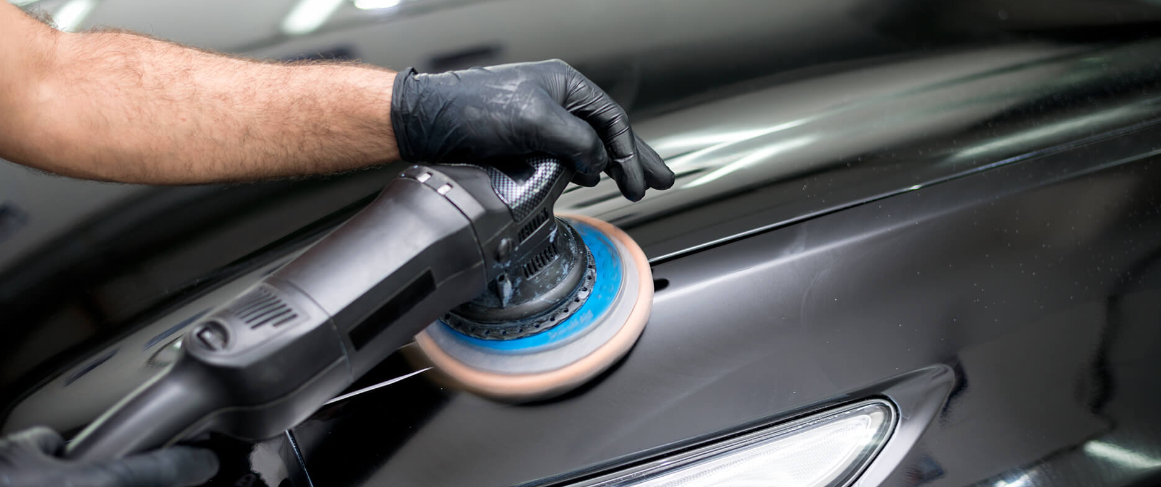
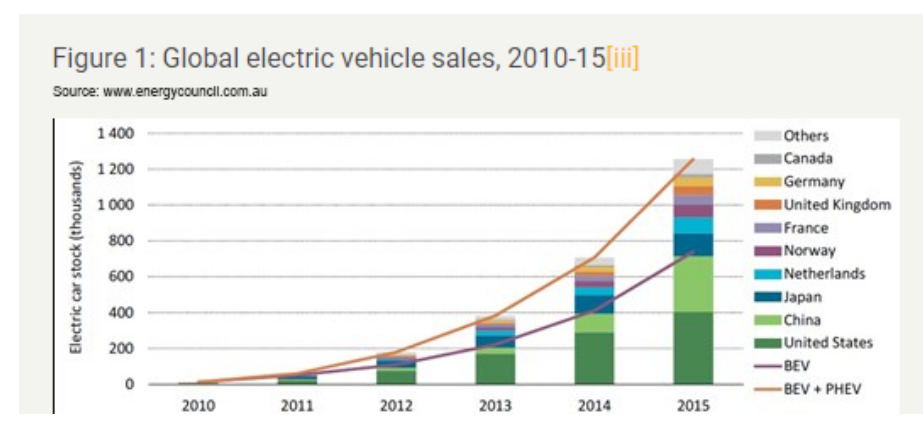


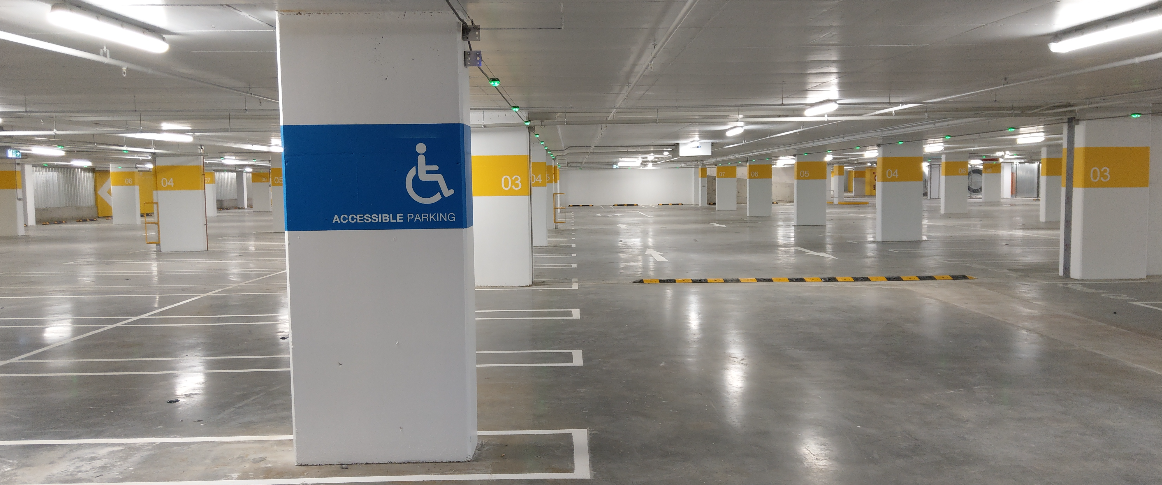



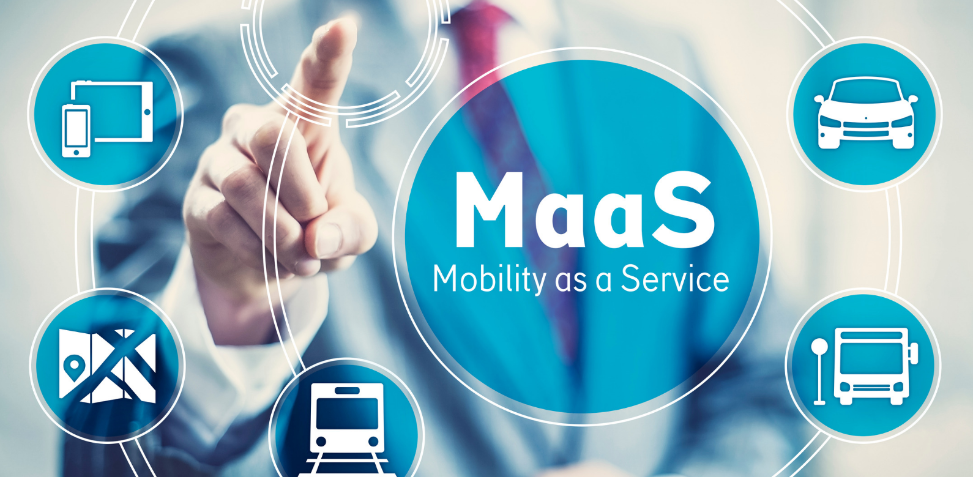
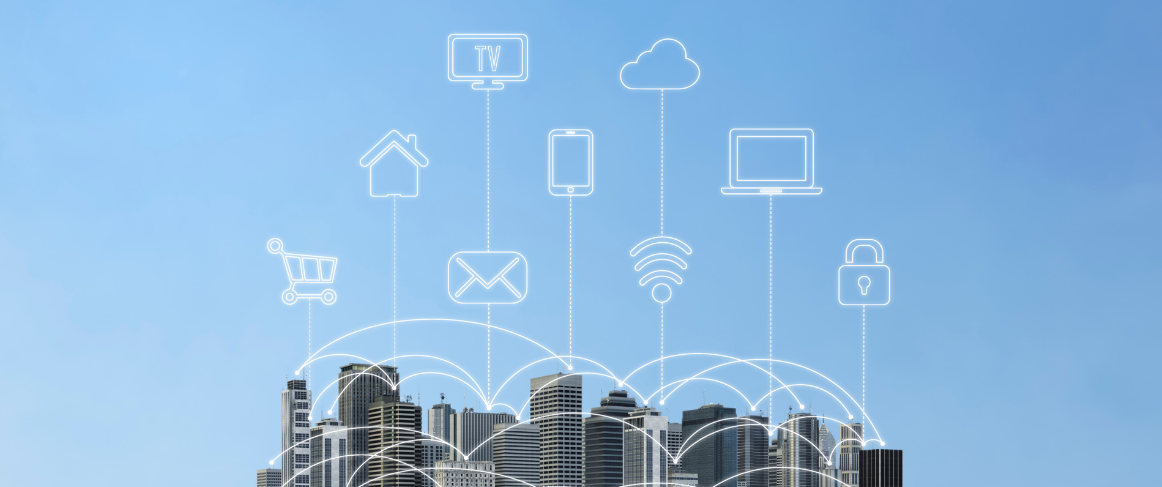
Recent Comments